40 Interesting & Unknown Sushi Facts
Did you know sushi does not actually mean ‘raw fish’? Conflicting to widespread faith, sushi actually refers to rice that has been seasoned with vinegar, sugar, and salt. How much do you really know about this Japanese delicacy? Here are 40 Sushi Facts to enhance your knowledge.
1. Sushi is a great source of omega-3 fatty acids.
2. Bluefin Tuna Sushi is the costliest Sushi in the world.
3. The knives used to prepare Sushi are sharpened every day.

4. A sushi chef can only work in a Japanese restaurant after ten years of training.
5. The most expensive sushi is being served by Filipino chef Angelito Araneta Jr at a restaurant in Manila.
6. Almost 80% of the world’s bluefin tuna caught is used for sushi.
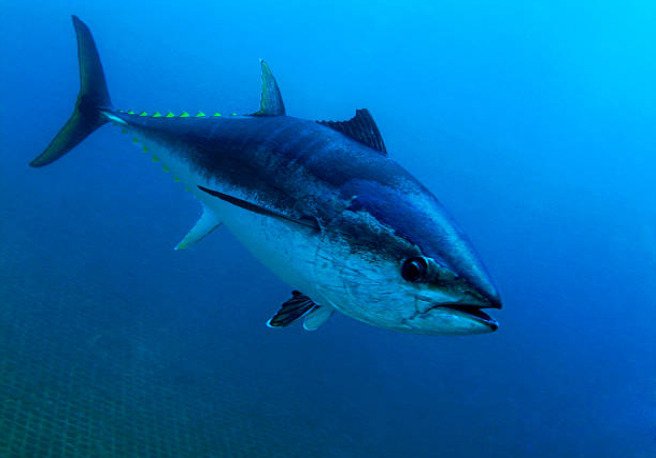
7. The highest price ever paid for a sushi grade bluefin tuna was $396,000 on January 4th, 2011 in Tokyo.
8. Before cooking, the sushi rice should be at body temperature.
9. Sushi is traditionally eaten with the fingers, although many people use chopsticks.
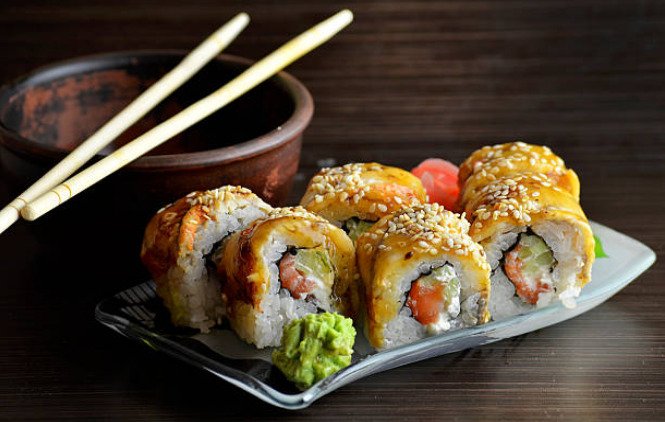
10. The first International Sushi Day was celebrated on 18 June 2009.
11. Women were not permitted to be sushi chefs, as it was supposed that their warmer hands would taint the taste and quality of the fish.
12. There are different types of sushi like maki, temaki, uramaki, sashimi, and nigiri.

13. While preparing nigiri sushi, the perfect weight for the shari should be around 20-25g.
14. Only the fish side of nigiri sushi should be dipped in soy sauce, not the rice.
15. Wasabi is added to sushi to soften any fishy odors and draw out the flavor of fish.

16. Sushi can also be served in a bento, a box with small compartments that hold the various dishes of the meal.
17. Sashimi or other types of sushi containing raw fish present a risk of infection.
18. About 99.99% of all sushi rice that is served in the United States was grown in the United States.
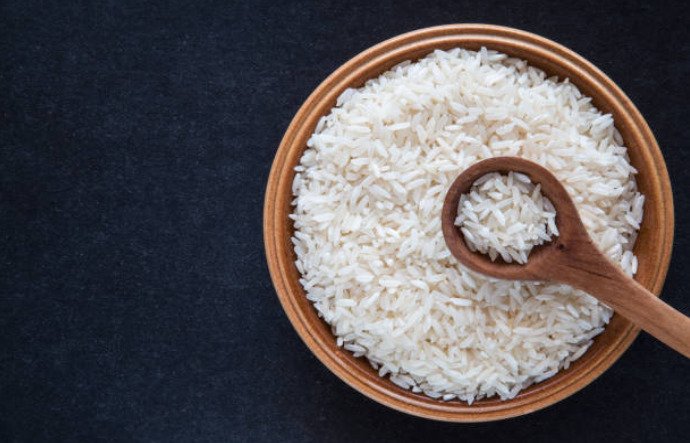
19. The word ‘sushi‘ refers to cooked rice with vinegar, salt, and sugar filled with other ingredients like seafood and vegetables.
20. Wasting soy sauce is disrespectful in Japan.
21. Nigiri is meant to be eaten upside down for the best sushi dining experience.
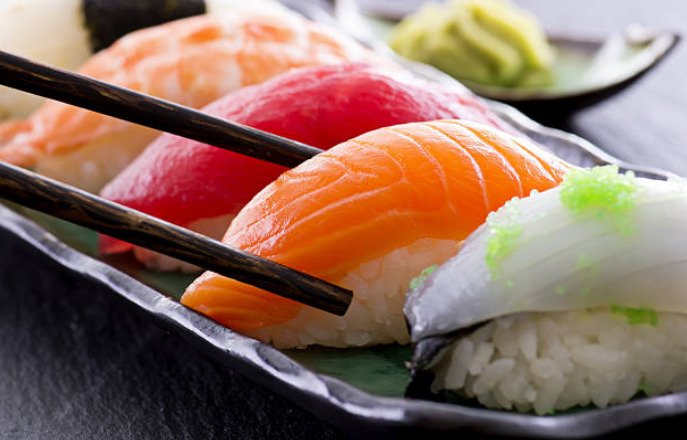
22. Frozen fish is often “fresher” than fresh fish in today’s sushi.
23. When closely arranged on a tray, different pieces are often separated by green strips called baran or kiri-zasa.
24. It is a tradition to eat whole nigiri on the first try.

25. Sushi is mostly low in fat and high in protein.
26. Makizushi is high in carbohydrates.
27. In Japan, green tea is invariably served together with sushi.

28. The mixing of wasabi and soy sauce has become common in the west, but in Japan, it is rarely seen.
29. Nori is rich in vitamins A, B-6 and C and is very low in calories.
30. Avacado, cucumber, and carrots are the most popular veggies used in Sushi.
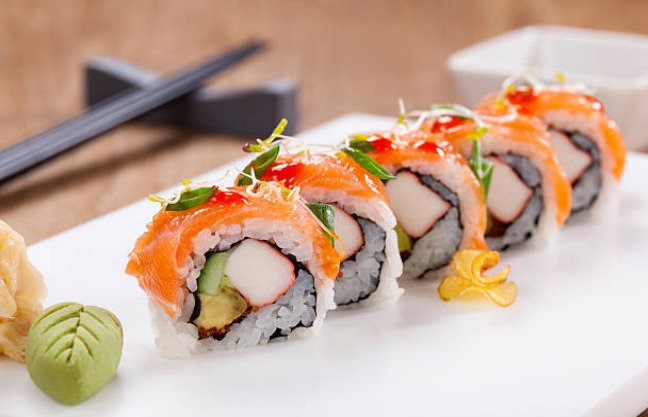
31. Sushi is estimated to have started as early as 500 B.C.
32. There are six different cuts of tuna used in sushi rolls. They are se-kami, se-naka, se-shimo, hara-kami oh-toro, hara-naka chu-toro, and hara-shimo.
33. Sushi has the ability to enhance the immunity system.

34. Sushi helps to raise the production of red blood cells.
35. Futomaki is a more popular variation of sushi within the United States, and comes in variations that take their names from their place of origin.
36. Sushi rice is also called shari or sumeshi.
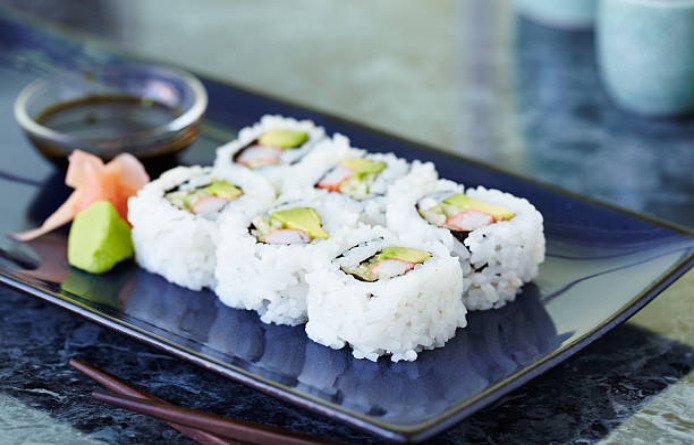
37. Dark sushi is considered to have more taste.
38. After Japan, New York is second in the world for the best sushi,
39. The world’s largest sushi roll is served in Umewaka Restaurant in Anjo City.

